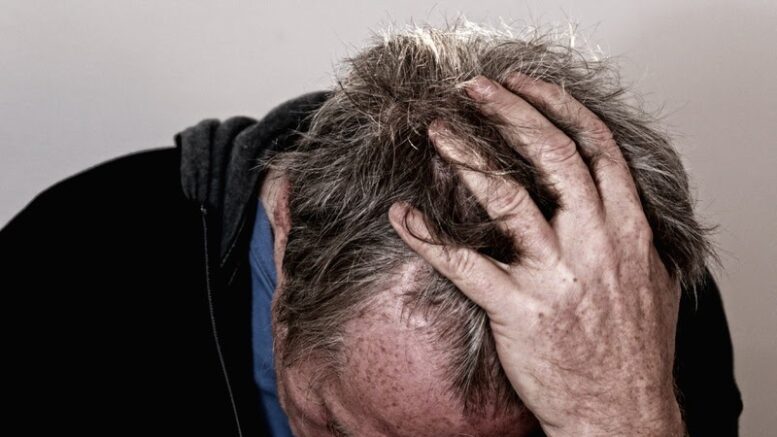Opiate addiction can be a difficult thing to recover from. Many people have the misconception that after you stop using opiates, a simple flu-like withdrawal period will ensue, and then ‘voila’, your body’s healed. This is not the case. While it’s true that opiate withdrawal often follows a similar pattern, for many it is not the simple flu-like experience to which they look forward. If you are struggling with opiate addiction, here are some things to expect during the withdrawal process.
Mood Swings
Most people who use opiates regularly also deal with mood swings through the course of their addiction. When going through an opioid detox, many people will feel extreme highs and lows through the process. This is because your body no longer has the opiates to mask these emotions, and you will experience them in full force. Try to be compassionate with yourself when going through these mood swings. If you are feeling particularly distressed or hopeless, reach out for support from a friend or family member who can help talk you down until you feel better.
Insomnia
One of the most difficult symptoms of opiate withdrawal is insomnia. Many people who are in withdrawal find it very difficult to get even a few hours of sleep at night, which can lead to more side effects they may not be prepared for. To make matters worse, what sleep you do get is usually filled with nightmares and vivid dreams. To help combat this, try to eliminate as many distractions from your environment as you can. Turn off the lights, shut down computers and televisions, and spend some time focusing on relaxing activities such as meditation or gentle yoga poses.
Cravings
Most people who struggle with opiate addiction will experience cravings throughout the withdrawal process. It is not uncommon to have intense cravings for drugs or alcohol, especially during the first few days of withdrawal. Cravings are most often triggered by certain activities, people, places, and/or emotions you connected with your opiate use. If you can identify your triggers and develop a plan ahead of time to deal with them without relapse, you will make the withdrawal process much easier.
Fatigue
One of the most common symptoms experienced during opiate withdrawal is fatigue. It may be difficult to get out of bed, and even when you do it can be hard to focus on doing anything productive. While this may seem like a bad thing, it has some benefits if you use it to your advantage. For one thing, daily activities like showering and getting dressed become far easier when moving about the house feel like walking through waist-high mud. Also, you will get a lot more rest than normal, which is something that most people struggling with opiate addiction need after years of sleep deprivation.

Muscle Aches And Pains
Many people experience muscle aches and pains during opiate withdrawal. Often the muscles of the lower back, shoulders, and legs are most affected. While it might seem like a good idea to get up and move around to alleviate these symptoms, your best bet is usually to rest. The last thing you want to do is put undue stress on your muscles and end up with pulled muscles because that will only make things worse. The bottom line is this: during withdrawal, you should strive to be as comfortable as possible.
Flu-like symptoms
Many people experience flu-like symptoms through opiate withdrawal. Some of the most common symptoms are chills, aches, runny nose, sweating during the night, headaches, nausea, and vomiting. While these symptoms are common through many types of withdrawals, some may feel as though they are experiencing more severe flu-like symptoms through opiate withdrawal. If you are experiencing these symptoms, be sure to drink plenty of fluids and make sure you remain as comfortable as possible. If your symptoms are particularly severe, speak to your doctor about ways to reduce them.
Restless Leg Syndrome
Restless leg syndrome is a condition that many people who are trying to detox from opiates will face. It often starts in the latter days of withdrawal and can continue for several weeks after you stop taking the drug. Restless legs cause an uncomfortable sensation in your lower body which can range from prickling, itching, to crawling, or gnawing. It usually occurs in the lower leg but can also occur in the arms, thighs, hips, and other parts of your body. The good news is that there are things you can do to help ease these symptoms until they pass.
The symptoms of opiate withdrawal can be extremely uncomfortable and stop you from achieving sobriety. But, if you think ahead and plan on how to deal with the symptoms when they appear, it will make things much easier for you during detox. If your withdrawal is particularly difficult and includes symptoms like severe depression or rapid heartbeat, be sure to seek emergency medical help right away.
